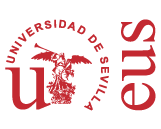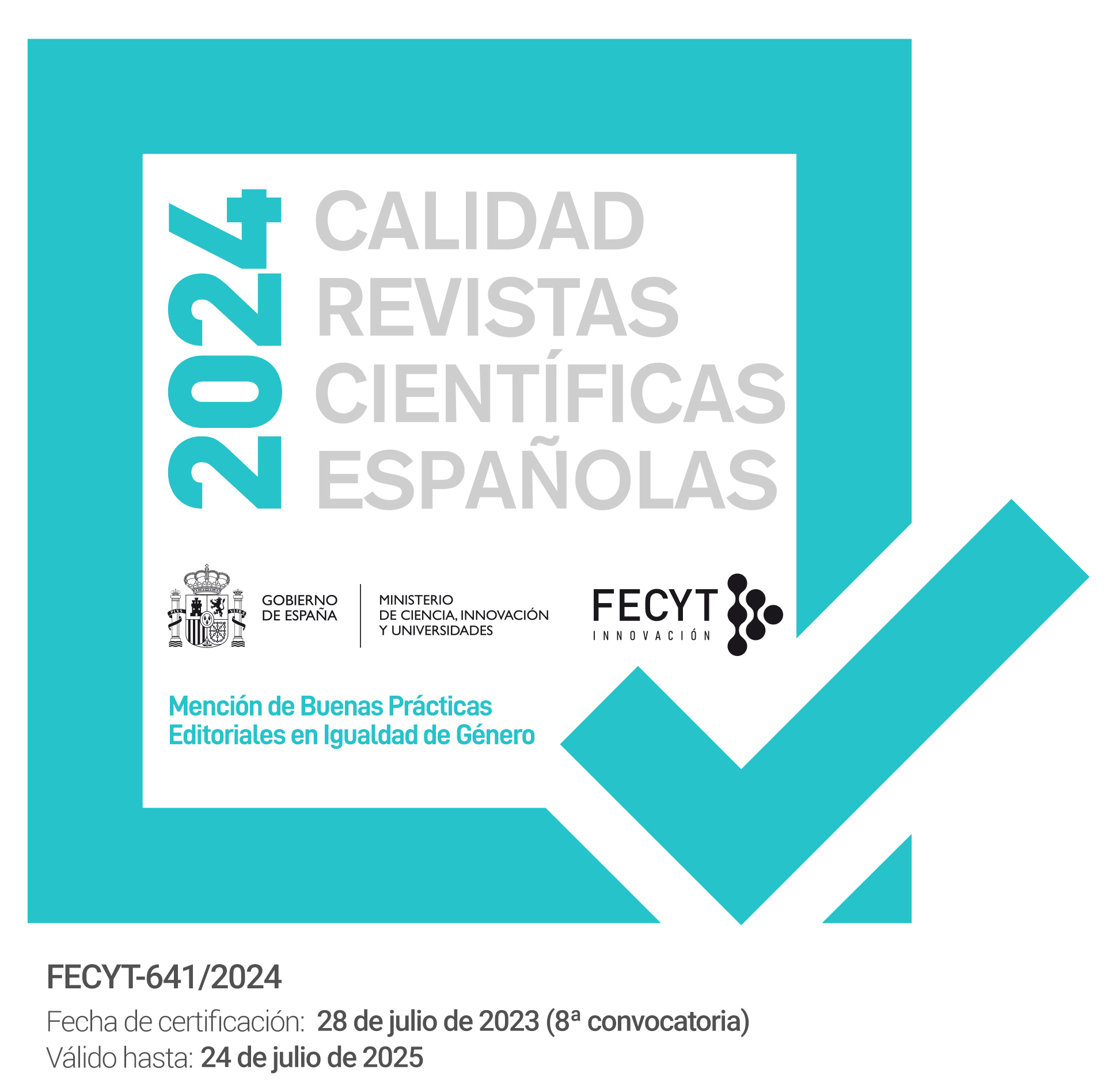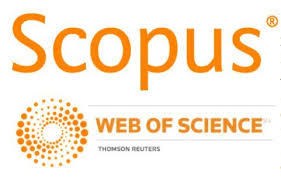Reflections on the origin of the place name Luanco (Asturias)
DOI:
https://doi.org/10.12795/PH.2017.i31.03Keywords:
Asturian toponymy, Celtic toponymy, LuancoAbstract
For the toponym Luanco only a Latin interpretation (*illum anconem ‘the small inlet’) has been proposed so far. This is appropriate to the characteristics of the place. However, taking into account the Celtic character of the double suffix [-anko-] and its frequency in the onomastics, a Celtic hypothesis is proposed in this article. Support for this is found in the name of the tribe of the Luanci (*Lugu-an-co-> Luanci ‘the inhabitants of the place where Lugu is’), from which the toponym (castellum) Luancum, not documented in Latin form, would derive. The possibility that the suffix has been [aniko-], a variant documented in the personal name Luanikos (or family name Luanikom) of a Celtiberian inscription, is also examined. However, no archaeological evidence of an ancient occupation of the place is known so far.Downloads
References
Referencias Bibliográficas
Alarcão, J. de (2006): “Notas de arqueologia, epigrafia e toponímia – IV”, Revista Portuguesa de Arqueologia 9, 1, 131-147.
Albertos, M. L. (1979): “La onomástica de la Celtiberia”, en: Tovar, A./Faust, M./Fischer, F. et al. (eds.): Actas del II Coloquio sobre lenguas y culturas prerromanas de la Península Ibérica. Salamanca: Universidad, 131-167.
Bascuas, E. (2006): Hidronimia y léxico de origen paleoeuropeo en Galicia. La Coruña: Ediciós do Castro.
Bastardas Parera, J. (1953): Particularidades sintácticas del latín medieval (Cartularios españoles de los siglos VIII al XI). Barcelona: Escuela de Filología.
Beltrán Lloris, F./Jordán Cólera, C./Marco Simón, F. (2005): “Novedades epigráficas en Peñalba de Villastar (Teruel)”, Palaeohispanica 5, 911-956.
Bernardo Stempel, P. de (2002): “Centro y áreas laterales: formación del celtibérico sobre el fondo del celta peninsular hispano”, Palaeohispanica 2, 89132.
Bernardo Stempel, P. de (2013): “Linguistically Celtic Ethnonyms: towards a Classification”, en: García Alonso, J. L. (ed.): Continental Celtic Word Formation. The Onomastic Data. Salamanca: Universidad, 101108.
Concepción Suárez, J. (20173): Diccionario etimológico de toponimia asturiana. Oviedo: Hifer Editor.
Corominas, J. (1971): Topica Hesperica: estudios sobre los antiguos dialectos, el sustrato y la toponimia romances. I. Madrid: Gredos.
Corriente, F. (2003): Diccionario de arabismos y voces afines en iberorromance. Madrid: Gredos.
Corriente, F. (2008): Dictionary of Arabic and Allied Loanwords: Spanish, Portuguese, Catalan, Galician and Kindred Dialects. Leiden: Brill.
Delamarre, X. (2001): Dictionnaire de la langue gauloise. Paris: Editions Errance.
Delamarre, X. (2013): “Une récurrence de la toponymie vielleceltique: les formations en nasale –(h3)on faites sur un théonyme du type Vesontiō (locus) ← Vesontis (deus)”, en: García Alonso, J. L. (ed.): Continental Celtic Word Formation. The Onomastic Data. Salamanca: Universidad, 175180.
Fernández Corral, C. (2000): “El léxico referido a las ropas de la cama en la documentación medieval asturleonesa hasta 1230”, Archivum Latinitatis Medii Aevi 58, 45-66.
Fernández Ochoa, C./Morillo Cerdán, C. (1994): De Brigantium a Oiasso : una aproximación al estudio de los enclaves marítimos cantábricos en época romana. Madrid: Foro.
Floriano Llorente, P. (1968): Colección diplomática del monasterio de S. Vicente de Oviedo. Oviedo: Instituto de Estudios Asturianos.
García Alonso, J. L. (2003): La Península Ibérica en la “Geografía” de Claudio Ptolomeo. VitoriaGasteiz: Universidad.
García Arias, J. L. (1974): “Sobre la etimología de Luanco, Sotrondio y cuestiones conexas”, Boletín del Real Instituto de estudios asturianos 28, 83, 801-804.
García Arias, J. L. (2006): Arabismos nel dominiu lingüísticu astur. Oviedo: Academia de la Llingua Asturiana.
Jordán Cólera, C. (2004): Celtibérico. Zaragoza: Universidad.
Jordán Cólera, C. (2013): “The –anko Sequence in Celtiberian Anthroponymy”, en: García Alonso, J. L. (ed.): Continental Celtic Word Formation. The Onomastic Data. Salamanca: Universidad, 165173.
Koch, J. T. (ed.) (2006): Celtic Culture. A Historical Encyclopedia. Oxford: ABC-CLIO.
Lausberg, H. (1973): Lingüística románica. Morfología. Madrid: Gredos.
Matasović, R. (2009): Etymological Dictionary of ProtoCeltic. LeidenBoston: Brill.
Moralejo Lasso, A. (1977): Toponimia gallega y leonesa. Santiago de Compostela: Pico Sacro.
Olivares Pedreño, J. C. (2010): “Los ástures del conventus Lucensis y el culto al dios Lug en el noroeste de Hispania”, Dialogues d’histoire ancienne 36, 2, 117-136.
Pando García Pumarino, I. (1989): Luanco y Concejo de Gozón. León: Everest.
Piel, J./Kremer, D. (1976): Hispanogotisches Namenbuch: der Niederschlag des Westgotischen in den alten und heutigen Personen und Ortsnamen der Iberischen Halbinsel. Heidelberg: Carl Winter Verlag.
Prósper, B. M. (2008): “En los márgenes de la lingüística celta: los etnónimos del noroeste de la Península Ibérica y una ley fonética del hispanocelta occidental”, Palaeohispanica 8, 3554.
Rodrigues, M. de L. (1959-1960): “Inscrições romanas do Museu Machado de Castro”, Humanitas N. S. 89, 112-132.
Tovar, A. (1989): Iberische Landeskunde. Las tribus y las ciudades de la antigua Hispania. Tomo 3. Tarraconensis. Baden-Baden: Verlag Valentin Koerner.
Untermann, J. (en prensa): Monumenta linguarum Hispanicarum. VI. Die Toponymie des antiken Hispanien. Wiesbaden: Dr. Ludwig Reichert Verlag.
Villar, F. (1995): Estudios de celtibérico y de toponimia prerromana. Salamanca: Universidad.
Villar, F./ Jordán Cólera, C. (2001): “Morfología derivativa del sufijo ko”, en: Villar, F./Díaz Sanz, M. A./Medrano Marqués, M. M. et al.: El IV bronce de Botorrita (Contrebia Belaisca): arqueología y lingüística. Salamanca: Universidad, 155-190.
Wodtko, D. S. (2000): Monumenta linguarum Hispanicarum. Band V.1. Wörterbuch der keltiberischen Inschriften. Wiesbaden: Dr. Ludwig Reichert Verlag.
Published
How to Cite
Issue
Section
License
The printed and electronic editions of this Journal are edited by the University of Seville Editorial, and the source must be cited in any partial or total reproduction.
Unless otherwise indicated, all the contents of the electronic edition are distributed under a license of use and distribution “Attribution-NonCommercial-NoDerivatives 4.0 International” . You can view the informative version and the legal text of the license here. This fact must be expressly stated in this way when necessary.
Authors who publish in this journal accept the following conditions:
- The author/s retain copyright and grant the journal the first publication right, and accept it to be distributed with the Creative Commons By NC ND 4.0 licence, which allows third parties to use what is published whenever they mention the authorship of the work and the first publication in this journal and whenever they do not make commercial use and reuse it in the same way.
- Authors can make other independent and additional contractual agreements for the non-exclusive distribution of the article published in this journal (e.g., include it in an institutional repository or publish it in a book) provided they clearly indicate that the work was published for the first time in this journal.
Authors are allowed and recommended, once the article has been published in the journal Philologia Hispalensis (online version), to download the corresponding PDF and disseminate it online (ResearchGate, Academia.edu, etc.) as it may lead to productive scientific exchanges and to a greater and faster dissemination of published work (see The Effect of Open Access).
Accepted 2018-01-18
Published 2018-06-14
- Abstract 349
- PDF (Español (España)) 137
- EPUB (Español (España)) 34
- HTML (Español (España)) 511







